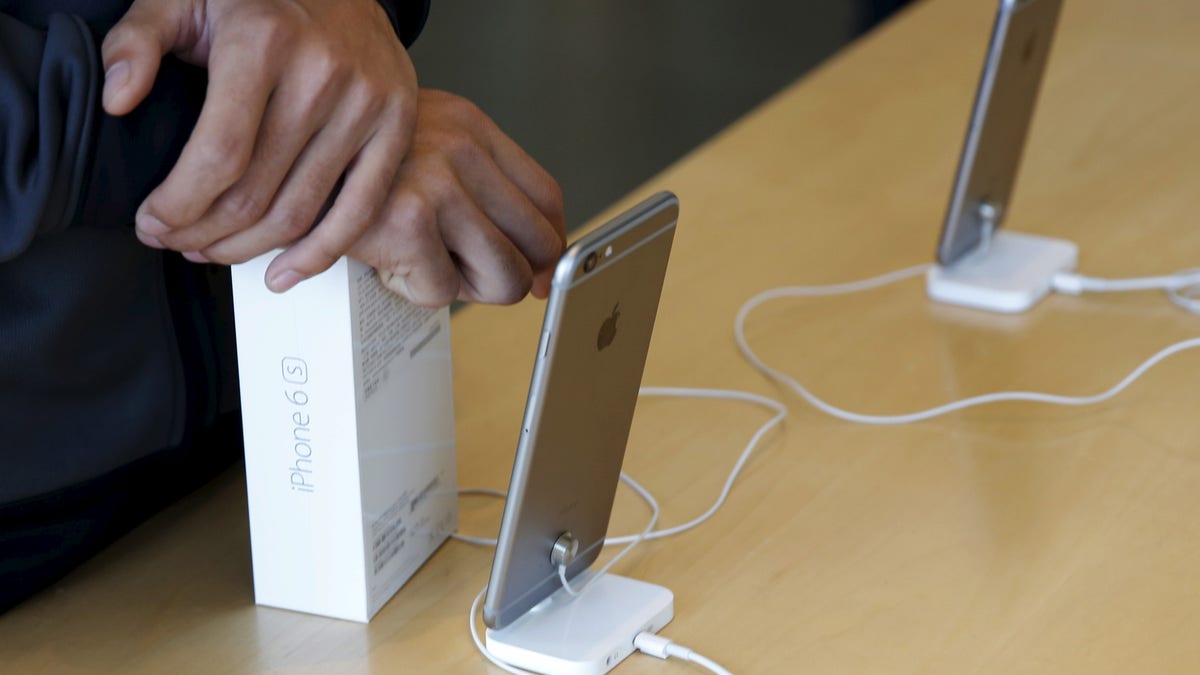
(REUTERS/Kim Kyung-Hoon)
It seems Apple is all about going wireless these days. The iPhone 7 will reportedly ditch the 3.5 mm headphone jack, and the iPhone 7s in 2017 may get rid of the power cord, too.
According to a Bloomberg report, Apple is working on a wireless charging technology for its flagship device that would work over distance. You wouldn't need a charging mat or pad, as you do with phones like the Galaxy S6.
One of the biggest challenges with mat-free wireless charging is the loss of power as you move further away from the source, which Apple is attempting to overcome by working with partners in both the U.S. and Asia.
MORE: iPhone 7 Rumors: Specs, Features and Release Date
Right now there are two groups competing in the wireless charging arena: the AirFuel Alliance and the Wireless Power Consortium (the group behind the popular Qi technology). Both groups are seeking to combine both inductive and resonance techniques. Inductive charging typically involves a transmitter coil in a charging pad transmitting energy via a magnetic field to a receiving coil in the device.
Magnetic resonance is more liberating. Although it also employs coils, you don't need to perfectly align the transmitter and receiver. The phone just needs to be in the same relative area, such as on the same table or in a bowl (such as what Intel demonstrated a couple of years ago).
WiTricity is yet another company working on wireless charging using magnetic resonance. At CES 2016, we saw a WiTricity demo of a laptop charging at full speed wirelessly, as well as a prototype smartwatch that juiced up as it simply hung on a wooden peg.
It's not clear whether Apple will join any of the above groups. In fact, it's likely that the company is developing its own solution in order to differentiate its future iPhones.
According to a survey conducted by IHS in June 2015, one-fifth of respondents said they were using wireless charging, and of that number just 16 percent said they were using the technology daily. The standards war certainly hasn't helped with adoption, and it typically takes longer to charge devices wirelessly than with a microUSB cable or USB-C cable, especially those phones that employ quick charging technology.
If Apple can overcome these technical hurdles and make wireless charging easy to use at home and on the go, it could give the iPhone a big advantage in the next stage of the smartphone wars.
